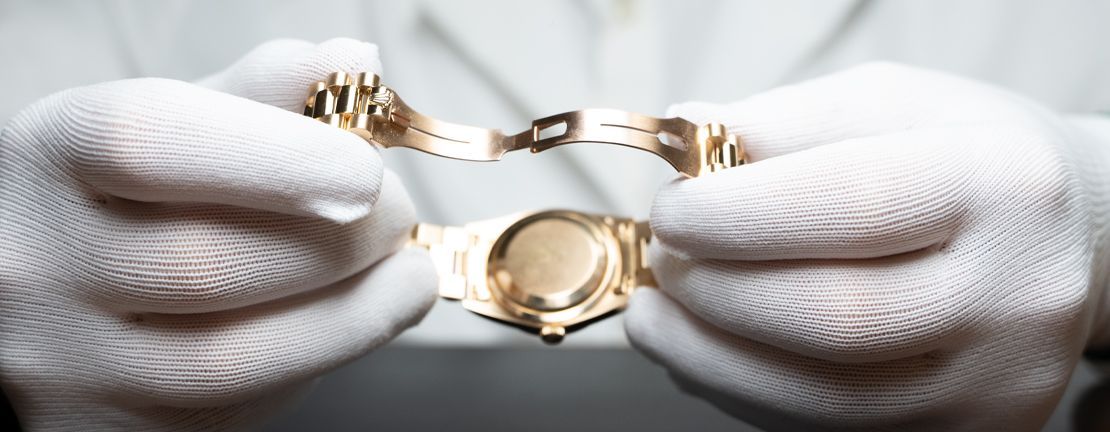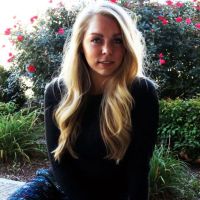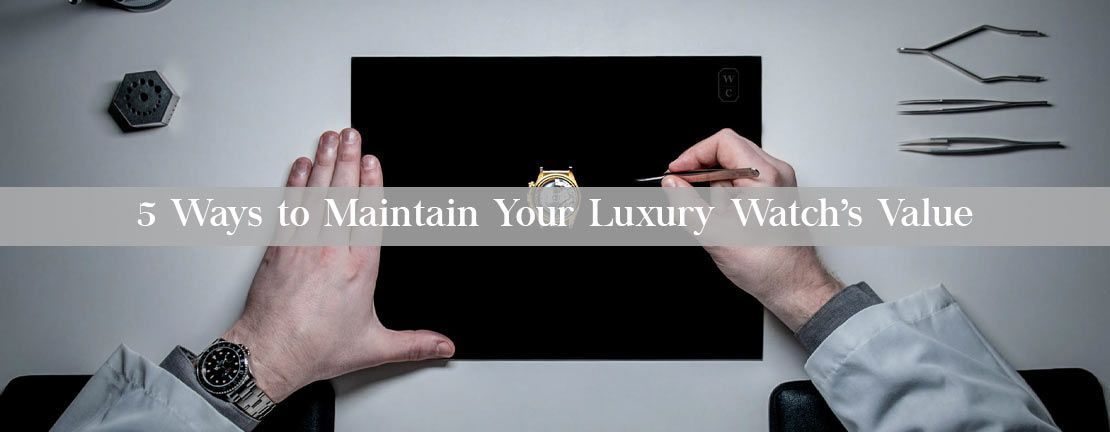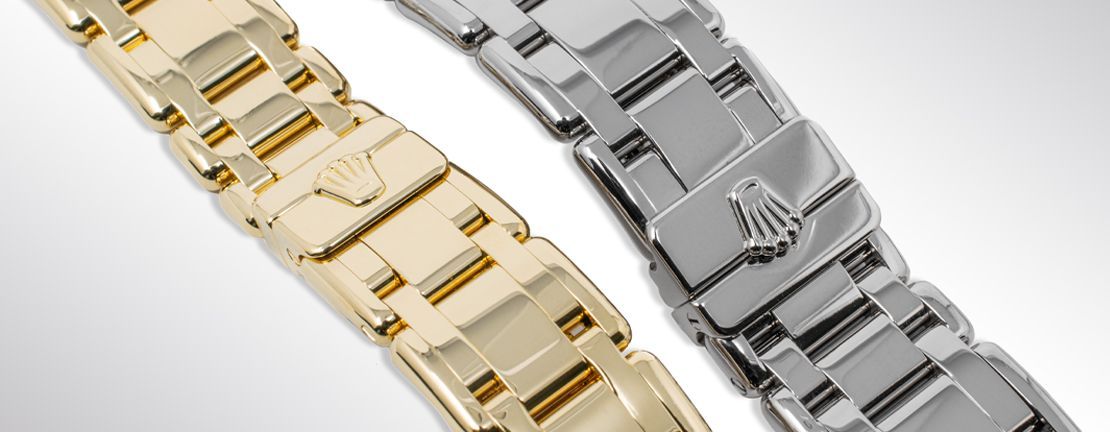When buying a pre-owned Rolex, condition should be your primary concern over age. A well-maintained 1980s Rolex in excellent condition will typically be more valuable and reliable than a newer watch that's been poorly cared for. Here's what every buyer needs to know.
Key Takeaways
- Condition determines value: A pristine vintage Rolex often outperforms a damaged newer model in both price and reliability
- Internal health matters: Proper lubrication and regular servicing are crucial for long-term value retention
- Age serves as a filter: Use production year primarily to narrow down specific models and eras you prefer, such as birth year
After many years working at Watch Chest, evaluating thousands of pre-owned Rolex watches, I've heard one question more than almost any other: "What year is this watch?" While it's natural to be curious about age—especially when spending thousands of dollars—I learned that this question, though important, often overshadows what should be your primary concern: condition.
Why Condition Reigns Supreme
I've witnessed dramatic examples that illustrate this principle perfectly. "New" watches would arrive at our office looking like they'd been through a demolition derby, while 1980s Day-Dates and Datejusts appeared untouched, as if preserved in a time capsule. These experiences taught me that condition will almost always trump age in determining both price and long-term value.
Pre-owned Rolex watches maintain exceptional resale value compared to other brands, with many models actually appreciating over time. However, this value retention is directly tied to how well the watch has been maintained, both aesthetically and mechanically.
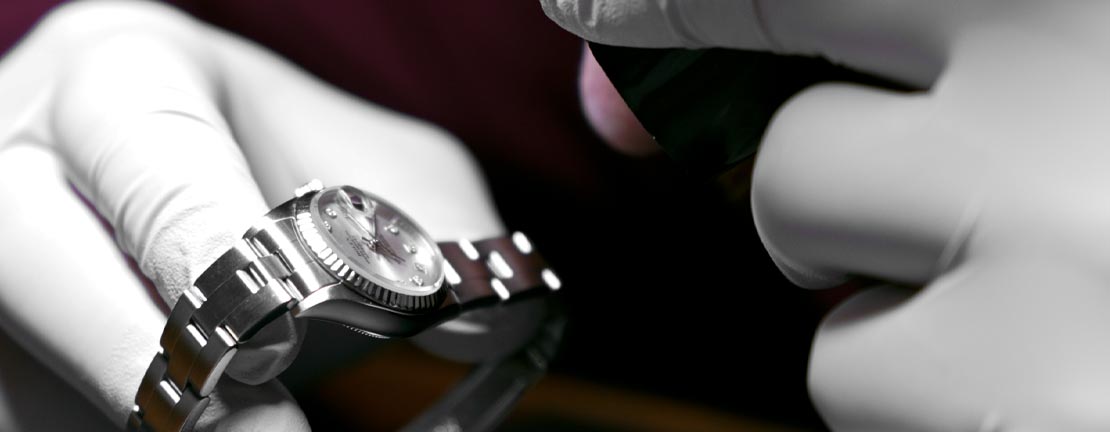

How We Evaluate Watch Condition at Watch Chest
External Assessment Checklist
During my time evaluating watches, I developed a systematic approach to condition assessment:
Visual Inspection Points:
- Heavy scratches or gashes on bracelet, case, crown, or bezel
- Bracelet stretch and play (determined by holding the watch on its side, by the case)
- Signs of over-polishing (overly rounded case edges, thin lugs)
- Crystal chips or scratches
- Dial imperfections (oxidation, missing markers, faded printing)
Internal Health: The Hidden Value Factor
The external condition tells only half the story. Regular servicing every 3-5 years is recommended for frequently worn pieces, and the internal condition directly impacts both performance and value.
Movement Assessment Process:
- Crown function test: Smooth winding action without grinding
- Lubrication inspection: Proper oil distribution throughout movement
- Timing analysis: Accuracy testing using specialized equipment
Movements that go unserviced for years can become dry, causing parts to grind against each other and inflicting premature wear. Like a classic car engine, proper maintenance allows these mechanical marvels to function for generations.


Rolex Day-Date 18038 - 1980s


Rolex Day-Date 18238 - 1990s
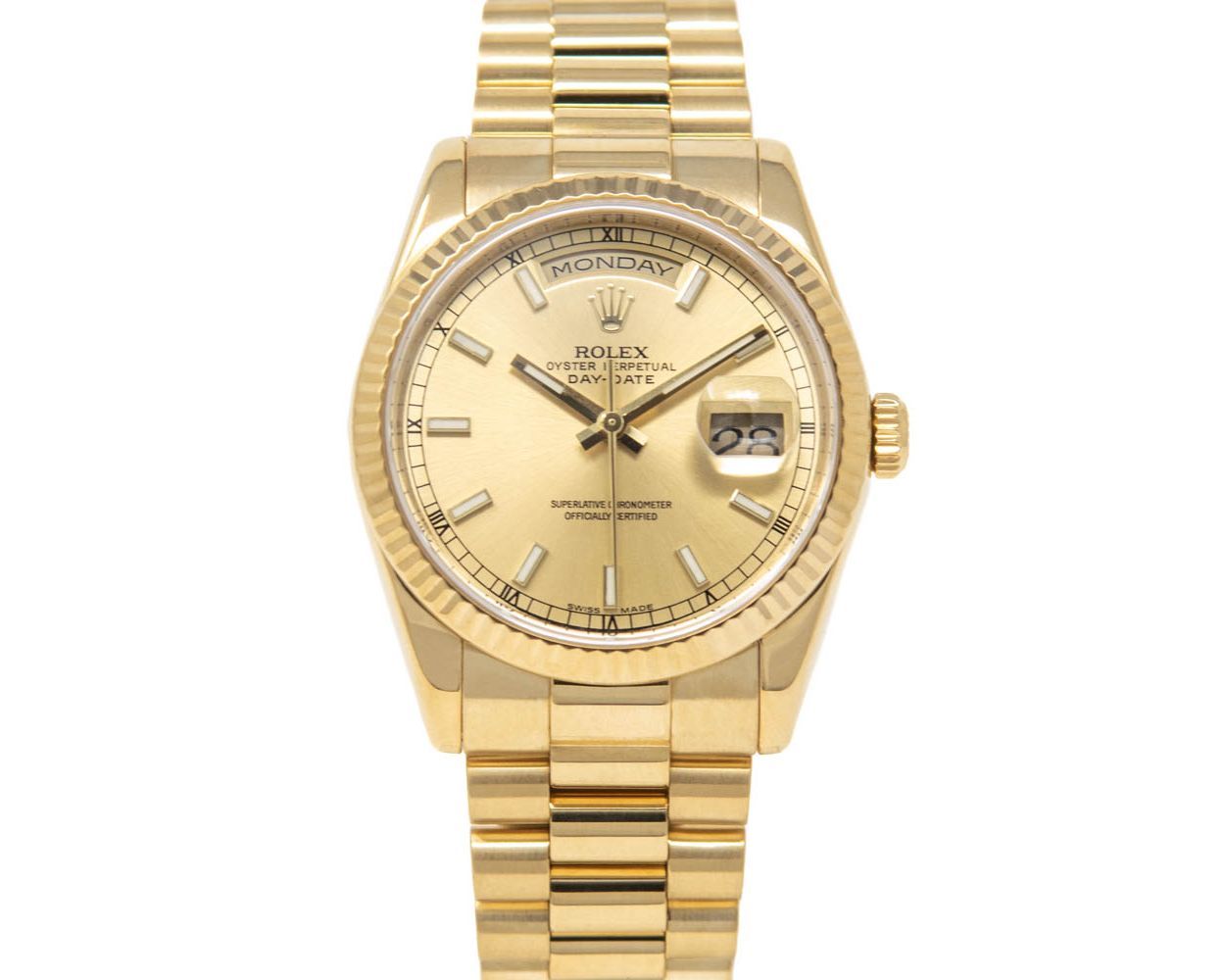

Rolex Day-Date 118238 - 2010s
When Age Actually Matters: Understanding Rolex Eras
Age serves as a crucial filter for identifying specific eras and their distinct characteristics across all Rolex model lines. Understanding these evolutionary periods helps buyers recognize the technological advances, design changes, and value propositions that define different generations of Submariner, GMT-Master, Datejust, Daytona, and other iconic models.
Rolex's timeless design philosophy reflects their commitment to creating watches that last generations. While the brand continuously implements structural and mechanical improvements over decades, aesthetic changes remain deliberately subtle. As demonstrated by the Day-Date models above spanning from the 1980s to 2010s, core design elements endure while dial variations and finishing details evolve gradually.
Unlike technology products that become obsolete, Rolex watches age like fine wine—often becoming more desirable and valuable over time. A well-maintained 1980s Rolex can outperform a neglected modern piece in both reliability and investment potential. This enduring quality explains why collectors often seek Rolex watches from meaningful years, particularly birth years, creating deeply personal connections to these mechanical marvels.
Reference Number Architecture
Rolex's reference numbering system evolved from four digits to five digits in the late 1970s, then to six digits around 2000. Understanding this system helps identify eras:
| Era | Example Models | Key Milestones |
|---|---|---|
| Four-Digit (≈ 1950s–mid-1970s) | 1680, 5513, 6542 | Acrylic crystals; gilt or matte dials; folded-link bracelets. |
| Five-Digit (≈ 1977–2000s) | 16610, 14060, 16233 | First sapphire crystals (Sub 16800, 1979); Cal. 3035 quick-set date; improved water-resistance ratings. |
| Six-Digit (2000–today) | 116610, 126610, 114060 | Solid-end-link bracelets, Parachrom hairspring, ceramic bezels, Paraflex shock-proofing, 32xx movements with 70-hour power reserve. |
The Major Eras of Rolex Evolution
Pre-1970s – The Vintage Foundation Era
Introduction of legendary models (Datejust, Submariner, GMT-Master, Daytona). Key traits: acrylic crystals, manual-wind chronographs (e.g., Daytona) while divers and GMTs were already automatic, smaller cases (36-39 mm), gilt dials with aging potential, highest collector premiums when pristine.
1970s-1980s – The Modernization Era
Transitional period implementing modern features: five-digit reference numbers, sapphire crystal adoption beginning with the Sea-Dweller 16660 (1978) and Submariner 16800 (1979) , quick-set dates via Cal. 3035, improved water resistance, enhanced bracelet engineering (hollow end links remained).
1988-2000 – The Refined Five-Digit Era
Peak technical improvements: fully integrated sapphire crystals, enhanced movement reliability with Cal. 3135, improved finishing, hollow end-link bracelets, strong “modern vintage” collector interest.
2000s-2010s – The Six-Digit Revolution
Major transition around 2000: solid end-link bracelets (SEL), enhanced movement architecture including Parachrom hairspring (2000), improved materials and finishing, better water resistance, modern proportions with classic aesthetics, ceramic bezels debuting on the GMT-Master II 116718 in 2005.
2010s-Present – The Contemporary Era
Latest innovations: extended power-reserve 32xx movements (~70 h) , ceramic bezels widespread on sport models, Parachrom hairsprings standard, Paraflex shock protection (2005 onward), advanced manufacturing techniques such as Cerachrom bezels and in-house alloy casting.
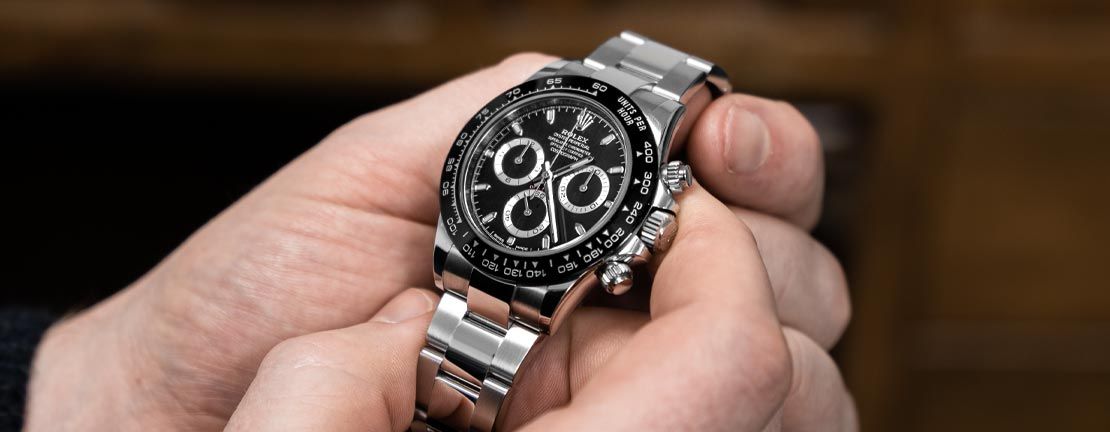

Birth Year Rolex: When Personal History Meets Horological Heritage
Birth year collecting creates profound connections—whether it's your year, your child's, your spouse's, or a parent's. These watches become more than timepieces; they're mechanical time capsules marking the moment someone important entered the world.
Finding Your Meaningful Year:
The beauty of birth year collecting lies in its flexibility. I've sold watches to new fathers celebrating their children's birth years, couples marking their wedding year, or family and friends commemorating milestone birthdays. At Watch Chest, we've organized our inventory by decade to make finding your meaningful year easier:
The Emotional Investment:
Birth year pieces carry weight beyond their monetary value. Every time you check the time, you're reminded of that significant year. When my customers tell me they're buying their daughter's birth year Datejust or their late father's birth year GMT-Master, I see how these purchases transcend typical collecting.
Remember: even when choosing by birth year, condition remains paramount. A pristine 1985 Datejust will always outperform a neglected one from the same year.
The Market Reality: What Dealers Actually Pay For
Having worked on both sides of watch transactions, I can confirm that wholesale and retail markets consistently value condition over age. The pre-owned Rolex market in 2025 shows strong demand for well-maintained pieces, with prices expected to continue growing.
Value Drivers in Order of Importance:
- Overall condition (internal and external)
- Model rarity and desirability
- Accessories (box, papers)
- Production year/age
Practical Buying Advice
Premium Condition Pieces
These command top market prices and offer immediate wearability:
- Recent service: Shows investment in long-term care
- Sharp, defined case edges: Indicates careful polishing
- Authentic components throughout: Dial, hands, bracelet, and crown all authentic
- Provenance: Box, papers, if available
- Excellent dial condition: No moisture damage, oxidation, or discoloration
Value-Oriented Pieces
Often available at significant discounts, these require informed buying:
- Unserviced movements: Budget for immediate service costs ($800-1,500)
- Natural aging characteristics: Patina, tritium aging, or vintage dial changes
- Period-correct wear: Some polishing or case softening consistent with age
- Missing documentation: Common with vintage pieces, doesn't indicate problems
- Honest condition disclosure: Transparent sellers who properly describe any issues
Condition Scale
Seek out dealers who provide a condition scale and other key details on their timepieces - see an example from a Watch Chest listing below.




The Long-Term Perspective
Rolex values often increase over time, making them valuable additions to luxury watch collections. However, this appreciation depends heavily on condition maintenance. Whether you plan to keep the watch for decades or resell it in a few years, condition will determine your return on investment far more than the production date.
Modern Service Intervals and Expectations
Rolex now recommends 10-year service intervals due to improved lubricants and movement designs, but this assumes ideal conditions. Real-world usage often requires more frequent attention (we suggest 5 year service intervals), especially for daily-wear pieces.
Frequently Asked Questions
- Should I never consider the age of a Rolex when buying?
Age matters for identifying specific models and eras you prefer, but condition should be your primary decision factor. Use age as a filter, not the determining factor. - Is a 1980s Rolex in excellent condition better than a recent model in poor condition?
Absolutely. A well-maintained vintage Rolex will typically outperform a neglected newer model in both reliability and value retention. - What's the most important condition factor for value retention?
The movement's health and service history. External scratches can be polished (within limits), but internal damage from lack of maintenance is often irreversible and expensive to repair. - How often should I service a pre-owned Rolex I just bought?
If you don't have recent service documentation, have it inspected immediately. Plan for servicing every 3-5 years with regular wear, or at least every 10 years for occasional wear pieces. - Do vintage Rolex models hold their value better than modern ones?
Discontinued vintage models often appreciate more than current production pieces, but only when maintained in excellent condition. A poorly kept vintage watch may lose value despite its age.
Remember: Your next pre-owned Rolex purchase should be guided by how well it was treated, not when it was made. Age helps you find the right model, but condition determines whether you're making a smart investment.

